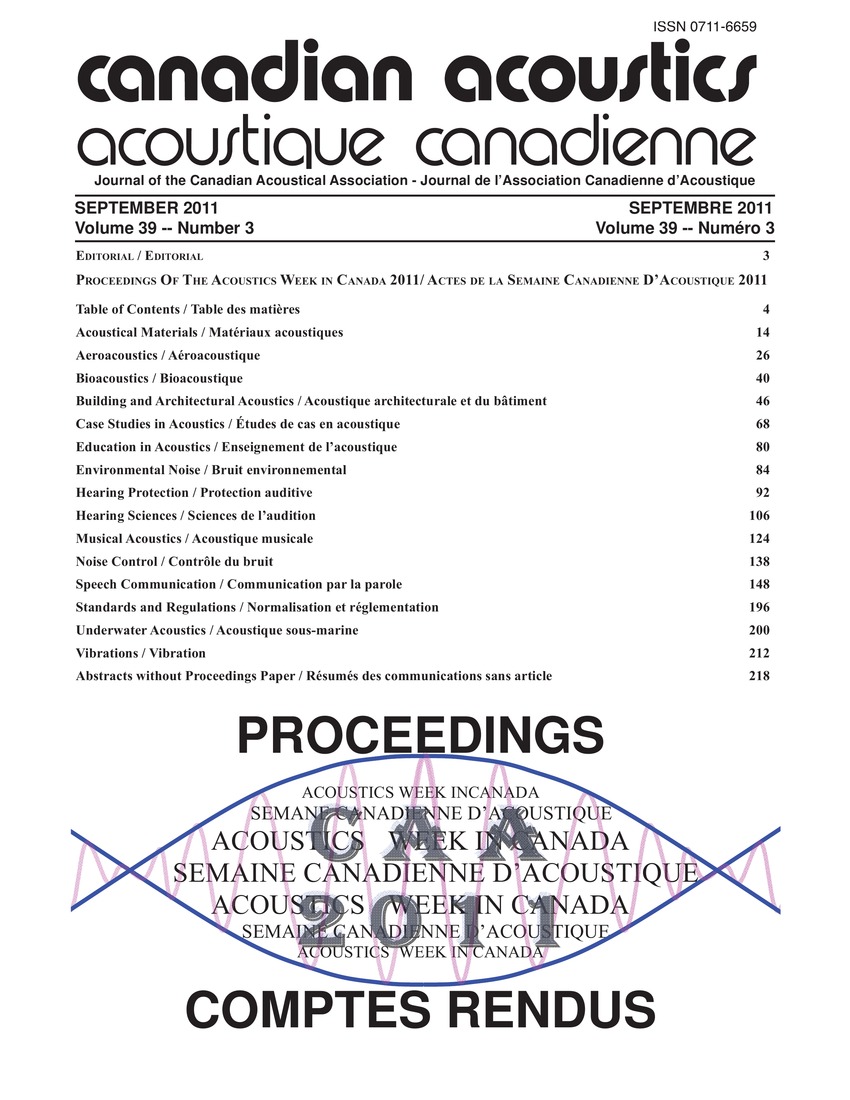A physically-Informed audio analysis framework for the identification of plucking gestures on the classical guitar
Keywords:
Dielectric waveguides, Least squares approximations, Audio analysis, Classical guitar, Digital waveguides, Fundamental frequencies, Global analysis, Initial phasis, k-Modes, Least squares methods, Linear phase, MultibandAbstract
A physically-informed audio analysis framework for the identification of plucking gestures on the classical guitar is presented. The Digital Waveguide (DW) paradigm is used to devise a model for the vibration of one guitar string that takes into account the AOR. The first step in the analysis chain is to pre-process the sound. Then, the signal is segmented to isolate plucks, and select the portion of the sound to analyze. In a global analysis step, the fundamental frequency is estimated on the audio segment. The amplitudes and initial phases of the poles are estimated via the least squares method. To avoid numerical issues, a multi-band approach is adopted along with decimation. In other words, ESPRIT looks for K modes around each partial. The partials are isolated using a linear phase FIR band pass filter, and the resulting signal is then decimated.Additional Files
Published
How to Cite
Issue
Section
License
Author Licensing Addendum
This Licensing Addendum ("Addendum") is entered into between the undersigned Author(s) and Canadian Acoustics journal published by the Canadian Acoustical Association (hereinafter referred to as the "Publisher"). The Author(s) and the Publisher agree as follows:
-
Retained Rights: The Author(s) retain(s) the following rights:
- The right to reproduce, distribute, and publicly display the Work on the Author's personal website or the website of the Author's institution.
- The right to use the Work in the Author's teaching activities and presentations.
- The right to include the Work in a compilation for the Author's personal use, not for sale.
-
Grant of License: The Author(s) grant(s) to the Publisher a worldwide exclusive license to publish, reproduce, distribute, and display the Work in Canadian Acoustics and any other formats and media deemed appropriate by the Publisher.
-
Attribution: The Publisher agrees to include proper attribution to the Author(s) in all publications and reproductions of the Work.
-
No Conflict: This Addendum is intended to be in harmony with, and not in conflict with, the terms and conditions of the original agreement entered into between the Author(s) and the Publisher.
-
Copyright Clause: Copyright on articles is held by the Author(s). The corresponding Author has the right to grant on behalf of all Authors and does grant on behalf of all Authors, a worldwide exclusive license to the Publisher and its licensees in perpetuity, in all forms, formats, and media (whether known now or created in the future), including but not limited to the rights to publish, reproduce, distribute, display, store, translate, create adaptations, reprints, include within collections, and create summaries, extracts, and/or abstracts of the Contribution.


